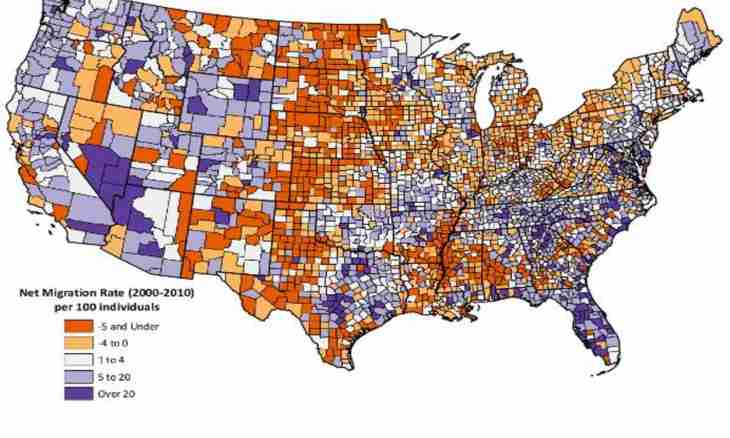Distribution density is convenient that with its help it is easy to present the vicinity of great (smaller) values of a random variable of SV in a graphic form. From the general-theoretical point of view it is easy to find it, proceeding from definition. Therefore it makes sense to focus on creation of density of probability proceeding from these observations, that is by means of methods of mathematical statistics.
Instruction
1. Begin work with creation of the table of a statistical row. Here adhere to the following operations procedure: 1. All range of values of the available experimental data (statistical set, sample) break into intervals (categories) which should not be both too much, and it is not enough (in everyone there has to be a sufficient averaging). Specify limits of these categories.2 in the table. Count number of the observations falling on each category (at hit of value on limit of the category it is possible to add 1 both to left, and to the right category or on 0.5 for everyone).3. Calculate frequencies of categories according to p*i = ni/n where n is the total number of observations, and ni is number of the observations falling on i-y the category
2. The graphic representation of a statistical row is called the histogram. The order of its construction is that for abscissa axes categories and are postponed for them (as on the bases) rectangles which areas are equal to frequencies of these categories are under construction. It is obvious that heights of these rectangles are equal to the relative density which are also included in the table of a statistical row. Consider the statistical row made of n=100 of errors of measurement of range by means of a range finder (see fig. 1).
3. For this example the histogram has an appearance (fig. 2).
4. The sum of frequencies of all categories is obviously equal to unit. Therefore also the area under the histogram – unit that is a probability density normalization condition analog. Thus, if through the top bases of rectangles of the histogram to carry out a continuous curve ("to round" the histogram), then it, as a first approximation, also is the estimated density of probability of an observed random variable. By the form this curve can make the assumption of the distribution law. In this example it is necessary to stop on Gauss's distribution.
5. For completion of process of work, it is necessary to estimate distribution parameters. So, for Gaussian distribution is an expected value and dispersion. Their estimates on the basis of a statistical row are calculated as follows: let the number of the chosen categories (intervals) of r, and the middle of intervals lie in ai points. Then (see fig. 3). Analytical record of required density of the probability (distribution density) also is given in figure 3.

